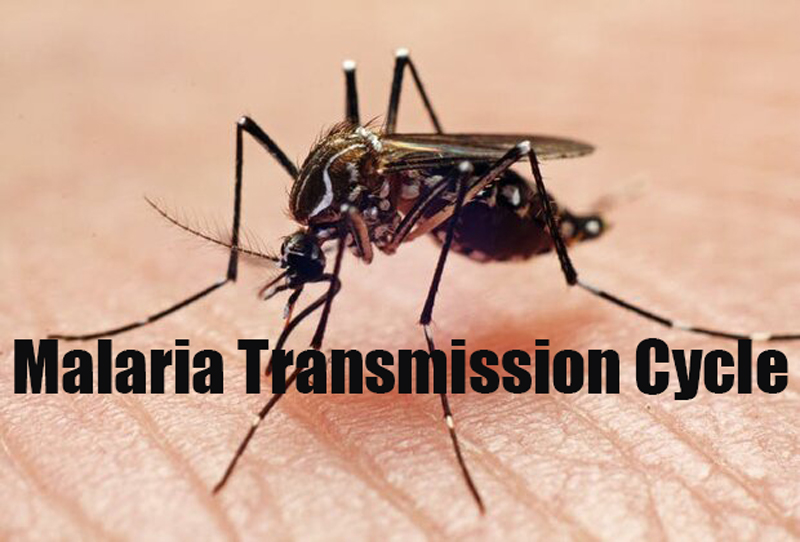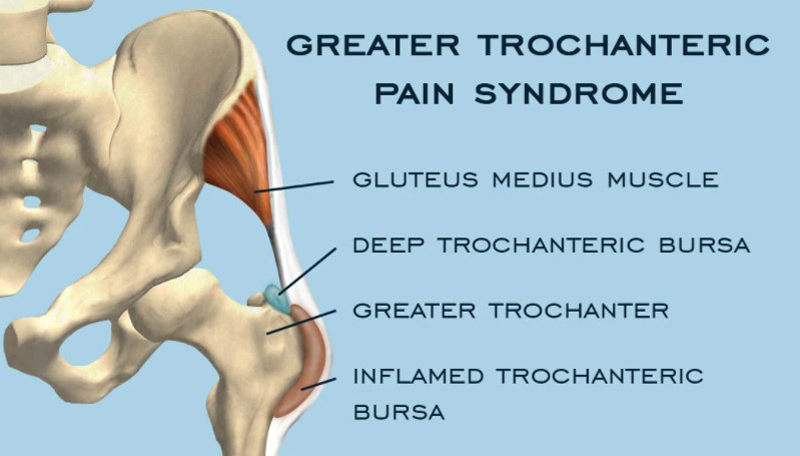Maternal Mortality Crisis in the United States
July 30, 2023 #PregnancyMaternal Mortality in the United States
The United States has the highest maternal mortality rate among developed countries, with death rates three times higher in Black women. This alarming statistic highlights a critical health crisis that needs immediate attention.
Heart Conditions: A Significant Factor
One of the significant factors contributing to the high maternal mortality rate in the United States is heart conditions. Pregnant women with pre-existing cardiovascular issues or those who develop heart-related complications during pregnancy face an increased risk of maternal death. This highlights the importance of comprehensive maternal healthcare that addresses heart health during and after pregnancy.
Preventable Deaths
A staggering 80% of maternal deaths in the United States are preventable. This statistic is a wake-up call to prioritize accessible and quality healthcare for all pregnant individuals, especially those from marginalized communities. Strategies such as increasing awareness, improving prenatal care, implementing standardized protocols, and providing culturally sensitive interventions are crucial in preventing these tragic and avoidable deaths.
The high maternal mortality rate in the United States, particularly among Black women, underscores the urgent need for improved healthcare and targeted interventions. It is imperative that we address this crisis and work towards equitable and effective maternal care for all.
Maternal Mortality Disparities in the United States
Maternal mortality rates in the United States are not equal across all racial and ethnic groups. Black women, in particular, experience maternal mortality rates two to three times higher than white women. This stark disparity is a cause for concern and highlights the urgent need for action.
Higher Fatality Rates, Not Higher Number of Cases
The higher rates of maternal mortality among Black women are not simply a result of a higher number of cases. In fact, the fatality rates for Black women are significantly higher than those for their white counterparts. This suggests that there are systemic issues at play that disproportionately affect the health outcomes of Black mothers.
Contributing Factors
There are several factors that contribute to the disparities in maternal mortality rates. Access to healthcare is a significant factor, with many Black women facing barriers to receiving timely and appropriate care. Socioeconomic status also plays a role, as Black women are more likely to face economic challenges that can impact their ability to access quality healthcare.
Pre-existing conditions, such as heart disease and diabetes, are more prevalent among Black women. These conditions, when combined with the stress and physical demands of pregnancy, can increase the risk of maternal complications and mortality.
Medical racism and racial history also contribute to the disparities. Black women have historically been subjected to discriminatory practices within the healthcare system, leading to mistrust and reluctance to seek care. This can result in delayed or inadequate treatment, further worsening health outcomes.
Additionally, access to abortion services is a contributing factor. Restrictive abortion laws disproportionately affect marginalized communities, including Black women, and can lead to higher rates of unintended pregnancies and unsafe abortions.
Addressing these disparities requires a multi-faceted approach. It is crucial to improve access to healthcare for all pregnant individuals, regardless of their racial or ethnic background. This includes addressing socioeconomic barriers, ensuring culturally competent care, and combating medical racism within the healthcare system.
Furthermore, efforts to improve sexual and reproductive healthcare, including access to contraception and safe abortion services, are essential in reducing maternal mortality rates. By addressing these systemic issues and working towards equity in healthcare, we can strive to eliminate the disparities in maternal mortality rates and ensure the well-being of all mothers.
Need for Improved Healthcare and Interventions
More than 80% of pregnancy-related deaths in the United States are preventable. This alarming statistic highlights the urgent need for improved healthcare and targeted interventions to address maternal mortality, particularly among marginalized communities.
Preventable Deaths: A Call to Action
It is deeply concerning that the majority of maternal deaths in the United States could have been avoided. This calls for immediate action to implement strategies that can effectively prevent these tragic deaths. By investing in comprehensive maternal healthcare and ensuring access to quality services, we can significantly reduce the number of preventable deaths and improve overall maternal health outcomes.
Focusing on Marginalized Communities
Marginalized communities, including Black women, face a disproportionately higher risk of maternal mortality. To address this disparity, it is imperative that interventions are specifically tailored to meet the unique needs of these communities. This includes improving access to healthcare, providing culturally competent care, and addressing social determinants of health, such as socioeconomic status and systemic racism.
Healthcare Initiatives and Policies
Efforts are already underway to minimize racial and ethnic disparities in maternal mortality through healthcare initiatives and policies. These initiatives aim to improve the quality and accessibility of maternal healthcare services, increase awareness about the importance of prenatal care, and promote evidence-based practices that reduce the risk of complications and deaths during pregnancy and childbirth.
By addressing the root causes of maternal mortality, such as inadequate healthcare and systemic inequalities, we can make significant progress in reducing the number of preventable deaths and ensuring that every mother has access to the care she needs to have a safe and healthy pregnancy.







COMMENTS